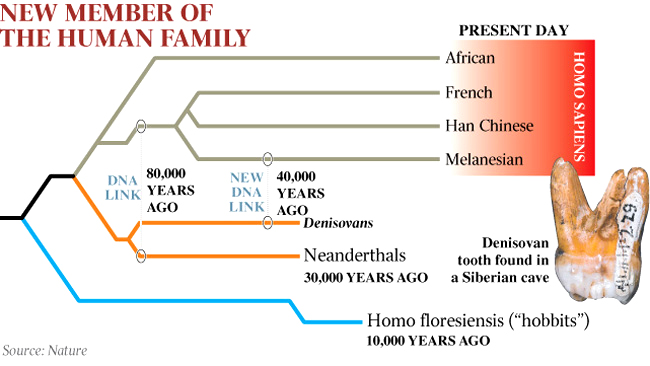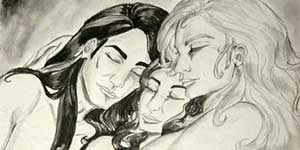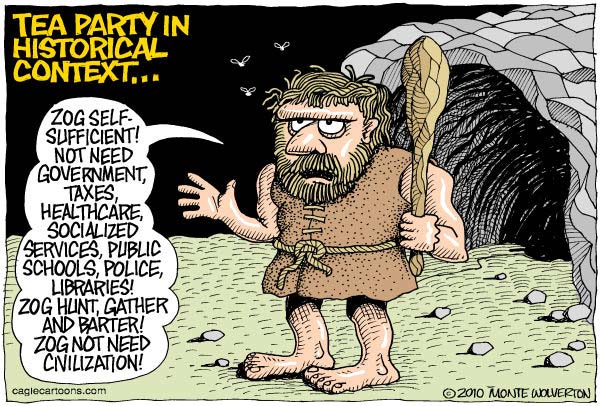 When people think of fiction that depicts human prehistory, Jean Auel’s Cave Bear books invariably poke up their woolly heads. The SF-learned may also recall William Golding’s The Inheritors and two Poul Anderson stories dealing with Cro-Magnons; the literati may be aware of Björn Kurtén’s Dance of the Tiger. But few have read what I deem the best entries in this group: Elizabeth Marshall Thomas’ Reindeer Moon and Animal Wife. The riveting world she created in those novels is far closer to the truth than Auel’s sugar-coated anachronisms.
When people think of fiction that depicts human prehistory, Jean Auel’s Cave Bear books invariably poke up their woolly heads. The SF-learned may also recall William Golding’s The Inheritors and two Poul Anderson stories dealing with Cro-Magnons; the literati may be aware of Björn Kurtén’s Dance of the Tiger. But few have read what I deem the best entries in this group: Elizabeth Marshall Thomas’ Reindeer Moon and Animal Wife. The riveting world she created in those novels is far closer to the truth than Auel’s sugar-coated anachronisms.
Recently I had yet another reason to think of Thomas’ works beyond their excellence as both science and fiction. She set her universe in Siberia during a warmer spell when it was not tundra but a mixture of steppe and taiga alive with wolf packs, mammoths, herds of game animals – and the mighty Amur tigers, who leave an indelible pawprint in Animal Wife. In the same story, her band of humans meets a band of others – different enough to awaken the fight-or-flight reflex, though not different enough to preclude progeny and with it, the tortured, conflicted love endemic in such circumstances.
Which brings us to the just-confirmed cousins in addition to the Neanderthals who walked the earth with us and mingled their genes with ours: the Denisovans. Just like the people in Thomas’ stories, the Denisovans made their home in Siberia. One of their homes, for they were wanderers like the rest of humanity until we were immobilized (in more ways than one) by agriculture.

The intertwined human family tree (from Nature)
[Click on the diagram to see a larger version]
Bones and artifacts can tell us much, but nucleic acids can tell us more. Mitochondrial and Y DNA analyses have allowed us to map human migrations and group interactions, nuancing simplistic single-lineage theories. The recent draft of the Neanderthal genome showed they still live in us, sharing 5% of the genome of non-Western Africans. Their FOXP2 gene, which allows speech-enabling facial development, was identical to ours – and many were red-haired, making Jean-Jacques Annaud’s Quest for Fire eerily prescient on all these points.
Sequencing of DNA from two Denisovan bones, a tooth and a finger joint, showed they belonged to the Neanderthal clan and branched about 500,000 years ago, after an early exodus from Africa that predated that of Sapiens by nearly one million years. Somewhere in Eurasia (probably around the Caucasus range which forms the first large obstacle), these early wanderers split into two streams. The Neanderthals went west, the Denisovans headed east. And like the Amur tigers, they roamed wide and were still around when Sapiens bands in their turn migrated east. We know this because 5% of Melanesian DNA is derived from Denisovan ancestors.
There findings have caused a sea change in how we see ourselves and our predecessors. Like all scientific findings, they can be (and have been) used to advance agendas. Some argue that the lack of Neanderthal admixture makes sub-Saharan Africans the pure human strain, others that the Neanderthal input gave Europeans hybrid vigor. Both choose to ignore inconvenient facts. By the ironclad criterion of inter-fertility, Neanderthals and Denisovans were fully human. On the other side, sub-Saharan Africans exhibit as much genetic diversity as most other human groups combined. The take-home message is: we’re all mongrels and we do best when we acknowledge and celebrate this, instead of taking refuge in fallacious superiority fantasies.

Buddhist Monks from Central Asia (fresco, Kizil cave, ~900 CE; the one on the left is a Tocharian)
This split (as well as the agendas that attempt to harness it) has a later, equally fascinating echo. Around 5000 BCE another migration wave broke on the Caucasus, splitting in two – the Indo-Europeans. There’s consensus on that, even if the details are still hotly debated. Less known is how far-flung were the travels of some of the Indo-Europeans who turned east. The outliers were the Tocharians, a Silk Road culture that occupied the Tarim basin of Inner Mongolia from 2000 BCE to 1000 CE before being displaced and subsumed by the Uyghur.
For a long time, the Tocharian civilization was lost from sight as wars and the shifting sands of the Taklamakan desert destroyed them and most of their artifacts. But they left behind items that are hard to ignore: a treasure trove of scrolls that include both texts and illustrations; several frescoes on cave walls; and the mummies of Ürümqi, preserved perfectly in the dry local climate. The Tocharians were blue-eyed dolichocephalic redheads who wore garments of plaid wool and spoke a language whose closest relative appears to be Old Gaelic. In short, the Tocharians were Celts and preliminary genetic analysis has confirmed the link.
Like Kennewick Man (who belonged to the Jomon people, the predecessors of the Ainu), the Ürümqi mummies have been used for politics: the Uyghur have adopted them as symbols in their struggle for independence, the Chinese have tried to suppress them by neglect and red tape in the way of scholars who want to analyze them in more detail.

Map of the Silk Road [Click on it for a larger version]
I don’t believe the presence of Celts in Mongolia threatens the achievements of those who succeeded them. But I love to think of the strains mingling in that stark part of the world which nevertheless gave so much to human culture and acted as a thoroughfare between West and East. And my heart is glad to contemplate that Alexander’s Roxanne, born in adjacent Sogdia, perhaps had hazel eyes and glints of auburn in her hair, a strand from a Tocharian grandparent woven into her tapestry.
 Further reading:
Further reading:
Luigi Luca Cavalli-Sforza, Genes, Peoples, and Languages
Elizabeth Wayland Barber, The Mummies of Ürümchi
Susan Whitfield, Life along the Silk Road
Kenneth Wimmel, The Alluring Target
Related articles:
Iskander, Khan Tengri
Neanderthal Genes: The Hidden Thread in Our Tapestry
A (Mail)coat of Many Colors: The Songs of the Byzantine Border Guards
Woolen fabric from a Tarim basin mummy (~1000 BCE).













